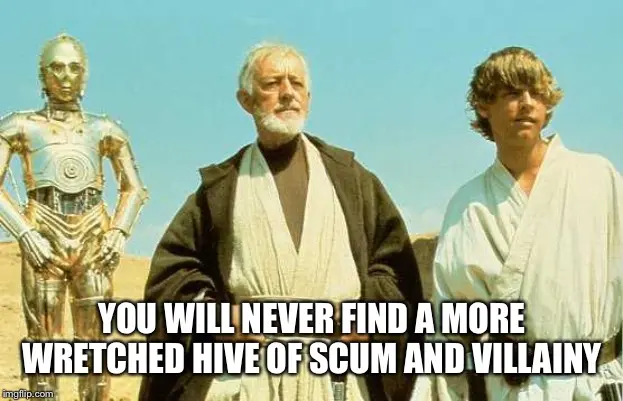

That’s the power. They’re doing more.


That’s the power. They’re doing more.


https://www.youtube.com/watch?v=gWOFtixfies
Thanks. I’ve got that in my head again now.


Was there a good week month decade century for US healthcare?


As opposed to those digital computers that we use and have everywhere.


Summarise it neatly and add good reference links.



(Although there is always the failwhale site…)


A city that’s barely a hundred years old isn’t really relevant when talking about history of the human race predating the invention of bottles.
Earliest glass bottles are thought to be from 1500 BC according to https://en.wikipedia.org/wiki/Glass_bottle. Even plastic bottles might be twice as old as Vegas according to https://en.wikipedia.org/wiki/Timeline_of_plastic_development but that depends on definition of plastic.


Bless the AAs down in Africa.
Most accurate and fine grained might be mailing lists. Easiest would be the releases page. Don’t know if there’s any middle ground.


Which of course would be even worse in it’s outcome.



Well, yes. It should be due sometime this summer. But it’s probably done when it’s done.


The very start of his time looked really good. Especially in contrast to Pope Palpatine before. Later, a bit more confused.


After it’s been photocopied fifty times.
https://www.debian.org/ports/m68k/ has a nice little intro and the key requirements.
MMU and HD space were the biggest issues. One of those has pretty much gone away with time.
Beware that you won’t have ECC, so corruption is much more likely than with proper hardware.


The world war’s been going on for years. He’s just ramping up support for Putin.
They’re British.